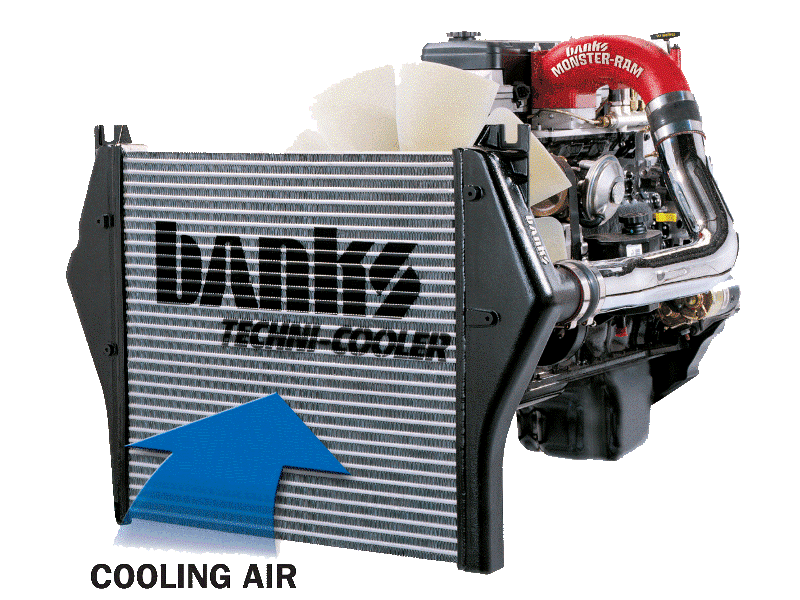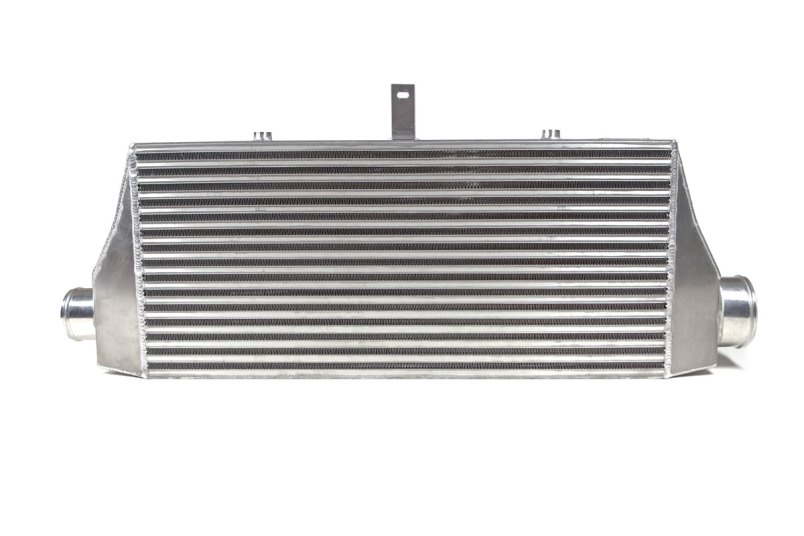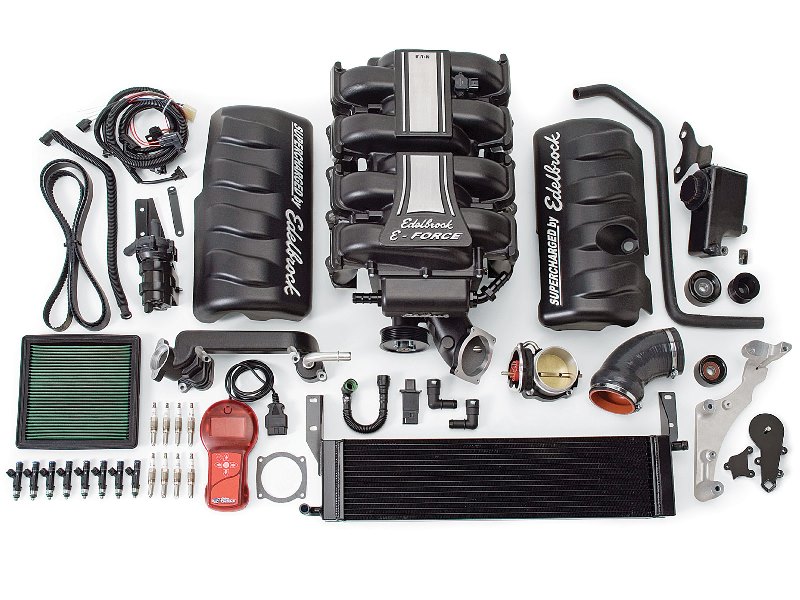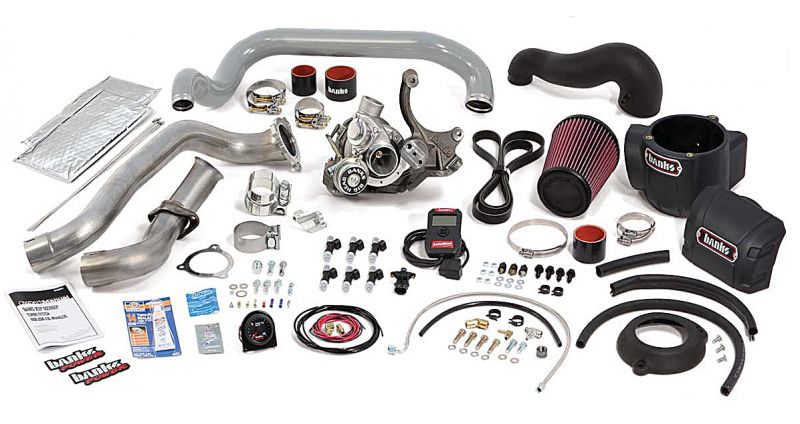Supercharger Tech: Should You Intercool Your Charged Air?

Belt-driven superchargers and exhaust-driven turbochargers have a couple of things in common despite being driven differently. They both make power and they both increase the temperature of the intake air. This can be solved by using an intercooler, but is it necessary? Let’s take a look at the advantages and disadvantages of using an intercooler.

First, a quick review of the intercooler: it is a part that is designed to cool the air that gets shoved in to produce more power by the supercharger and turbocharger. It either does this by an air-to-air configuration (where outside air passes over the intercooler to cool the charged air) or a water-to-air configuration (where water removes the heat instead of air) to lower the temperature of the boosted air. Hotter air robs power and can lead to pre-detonation also known as pinging, which is bad.

The disadvantage of running an intercooler is that there is a chance of reducing boost efficiency as you now have to make the air follow a longer path than going straight to the intake. If you go too big, you can even reduce the boost pressure because the air now has to occupy a larger space. Then there is the added complication, weight, intercooler size, piping and extra parts to consider when adding it.

However, the benefit is getting far cooler, yet still boosted, air to the intake. You can even boost higher with a proper system over what you would gain with a non-intercooled system because the more boost pressure you add, the more heat you add to the intake air. With a properly sized and designed intercooler system you won’t lose much boost pressure or efficiency. With that in mind, the possibility of more boost thanks to cooler air outweighs the complexity.
